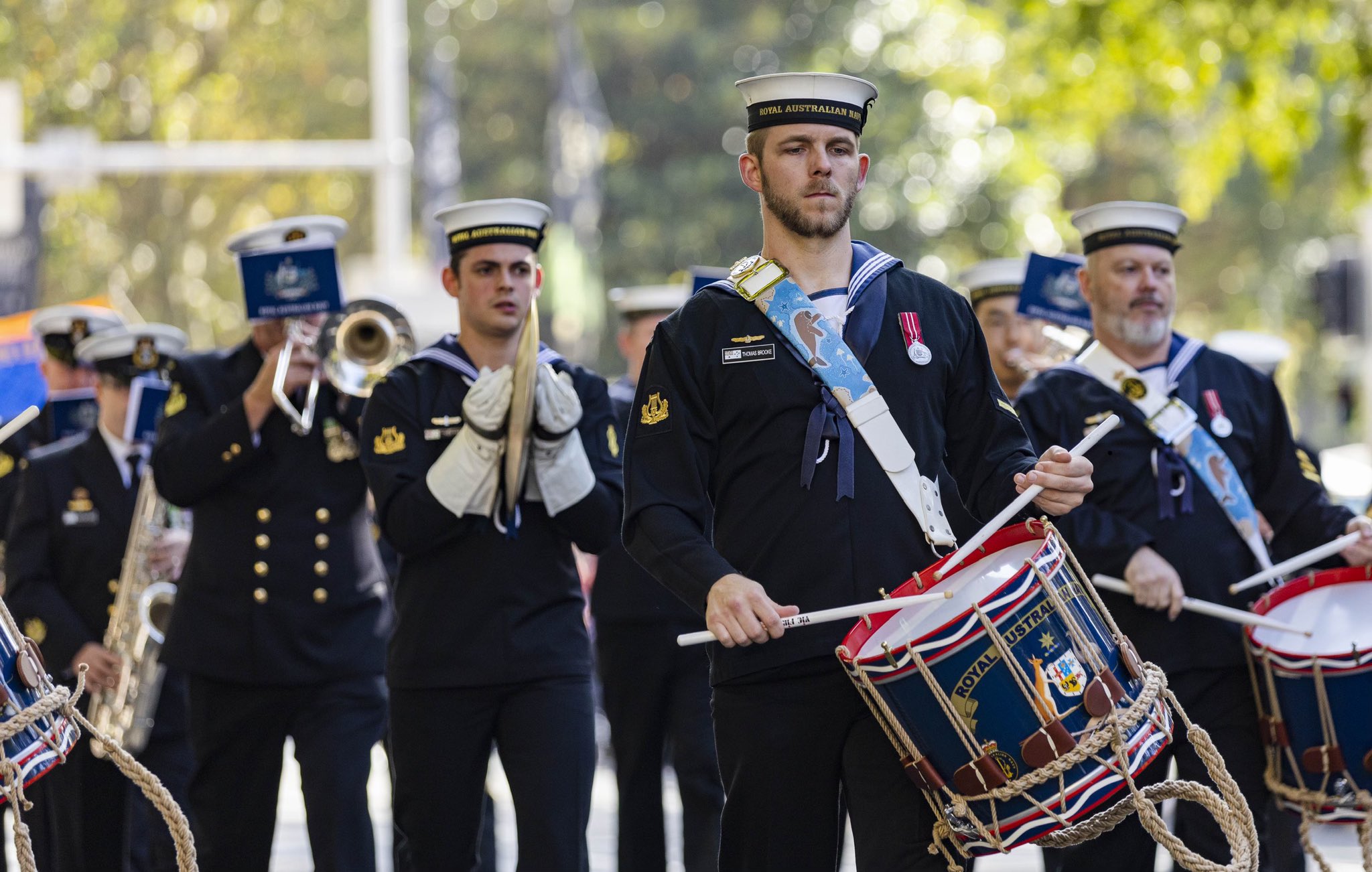- Jul 12, 2018
- 10,492
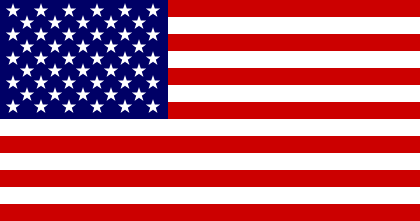
|
OPERATION NEW HOME |
SECRET |
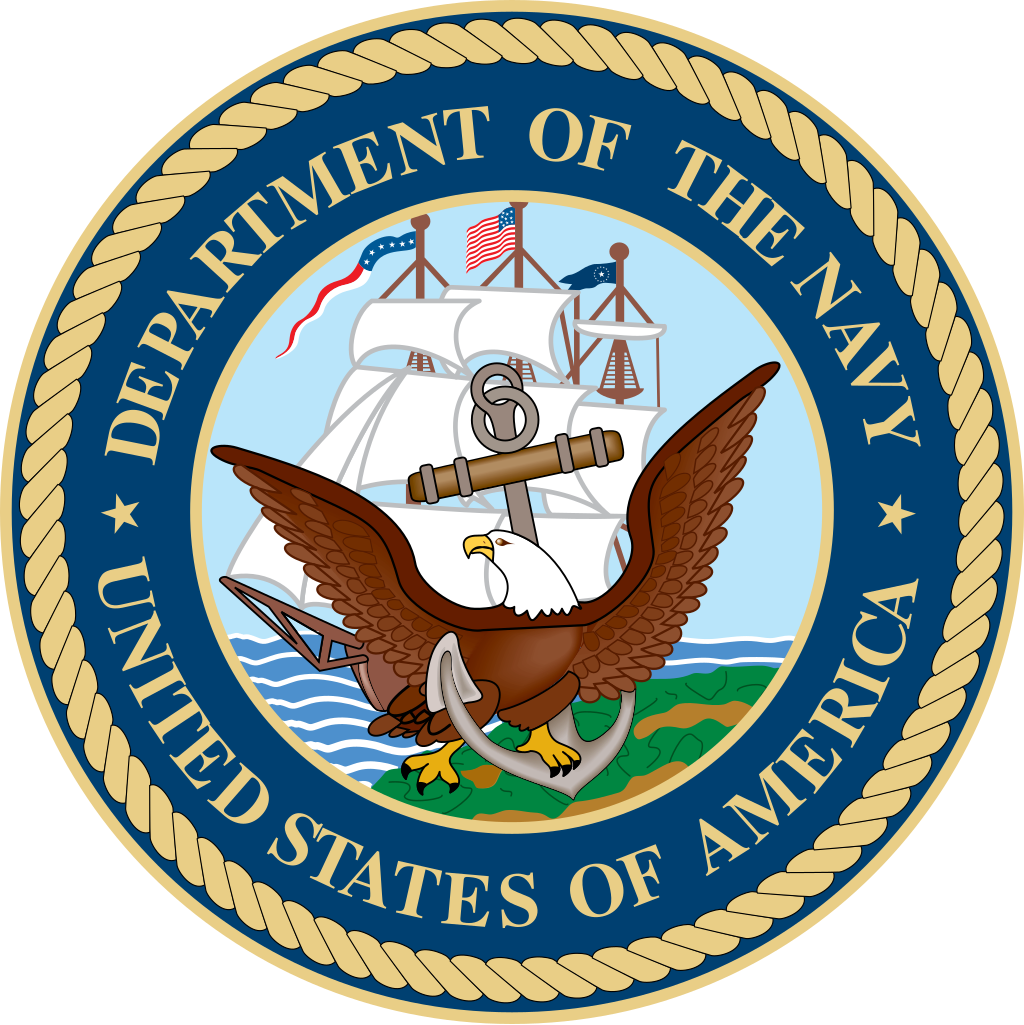
| 
NAVY DEPLOYMENT | 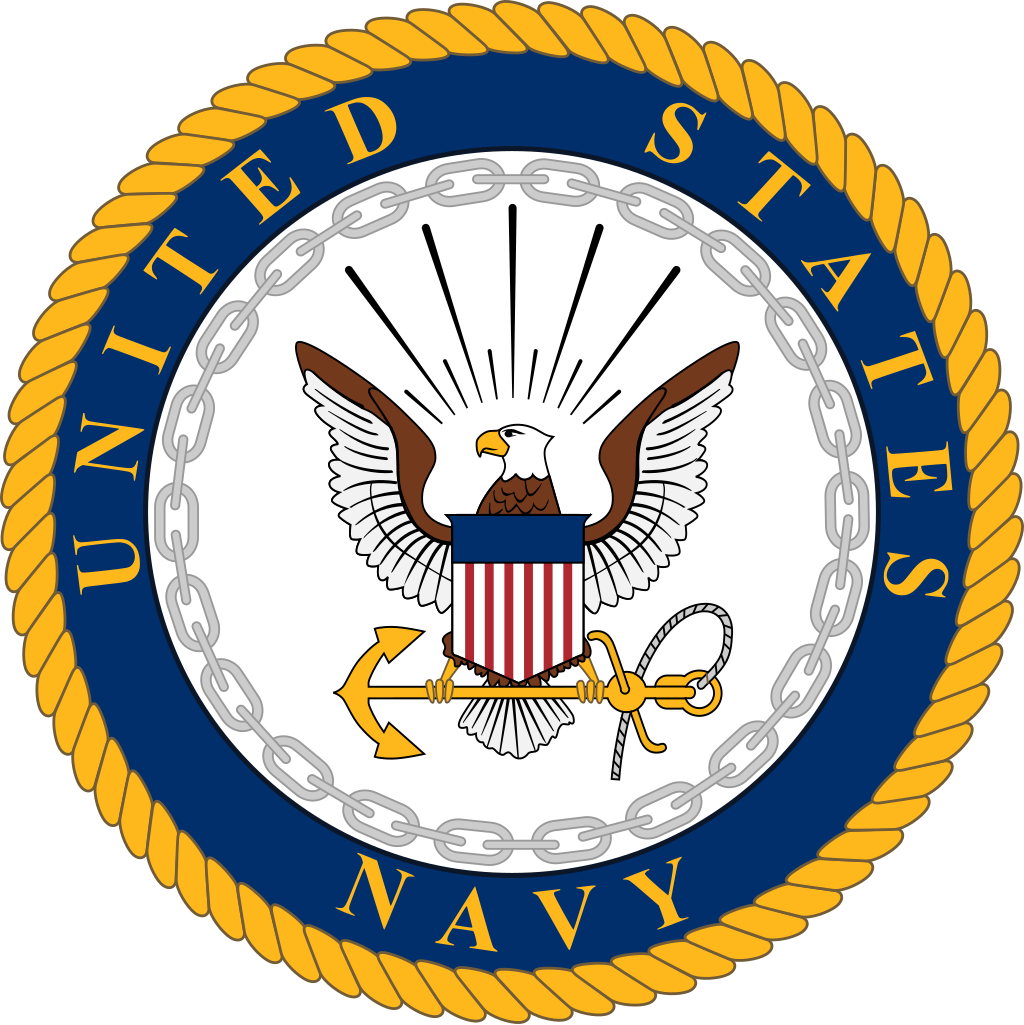
|
|
FRIGATE SQUADRON ONE
Captain Leon Price
Captain Leon Price
| Ship Class | Vessel | Compliment | Home Port |
| Celestial-class Frigate | USS Benjamin Harrison | 140 | Naval Base Guam, Guam |
| Celestial-class Frigate | USS John Hart | 140 | Naval Base Guam, Guam |
| Celestial-class Frigate | USS Joseph Hewes | 140 | Naval Base Guam, Guam |
| Celestial-class Frigate | USS Thomas Heyward Jr. | 140 | Naval Base Guam, Guam |
| Celestial-class Frigate | USS William Hooper | 140 | Naval Base Guam, Guam |
DETAILS
Celestial-class Cutter - Fully Fueled; Aviation reserves fully fueled; Non-perishable food/water for 2 month journey; Well-rested, fed, and uniformed crew;
32-cell Mk 41 VLS: x5 RUM-139C (Mrk 54 Torpedo); x36 (Quad packed) RIM-162A ESSM; x3 RGM/UGM-109E Tomahawk Land Attack Missile; x15 RGM/UGM-109B Tomahawk Anti-Ship Missile;
Standard armaments including: x2 Mk 141 canister Harpoon missile launcher (x8 missiles); x1 Mk 32 triple torpedo launcher + 10 Mark 50 torpedoes stored; x2 Mk44 Bushmaster II 30-mm chain guns; x1 SeaRAM CIWS; x1 Mk 110 57mm gun; x4 crew-served .50 caliber Browning M2 machine guns; x2 crew-served M240B 7.62 mm machine guns;
Decoys: x2 Mk 36 SRBOC chaff rapid decoy launchers;
Compliment: 140 sailors;
Barracks: x100 Sig Sauer P229 DAK 9mm w/ Night Sights and x200 loaded magazines; x100 M4 Carbine and x300 loaded magazines; x10 M870P 12-gauge and x300 12-gauge shotgun shells.
Aircraft: x1 MH-60R;
Boats: x2 RHIB (each with mounted .50 cal Machine Gun).
Owen
32-cell Mk 41 VLS: x5 RUM-139C (Mrk 54 Torpedo); x36 (Quad packed) RIM-162A ESSM; x3 RGM/UGM-109E Tomahawk Land Attack Missile; x15 RGM/UGM-109B Tomahawk Anti-Ship Missile;
Standard armaments including: x2 Mk 141 canister Harpoon missile launcher (x8 missiles); x1 Mk 32 triple torpedo launcher + 10 Mark 50 torpedoes stored; x2 Mk44 Bushmaster II 30-mm chain guns; x1 SeaRAM CIWS; x1 Mk 110 57mm gun; x4 crew-served .50 caliber Browning M2 machine guns; x2 crew-served M240B 7.62 mm machine guns;
Decoys: x2 Mk 36 SRBOC chaff rapid decoy launchers;
Compliment: 140 sailors;
Barracks: x100 Sig Sauer P229 DAK 9mm w/ Night Sights and x200 loaded magazines; x100 M4 Carbine and x300 loaded magazines; x10 M870P 12-gauge and x300 12-gauge shotgun shells.
Aircraft: x1 MH-60R;
Boats: x2 RHIB (each with mounted .50 cal Machine Gun).
|
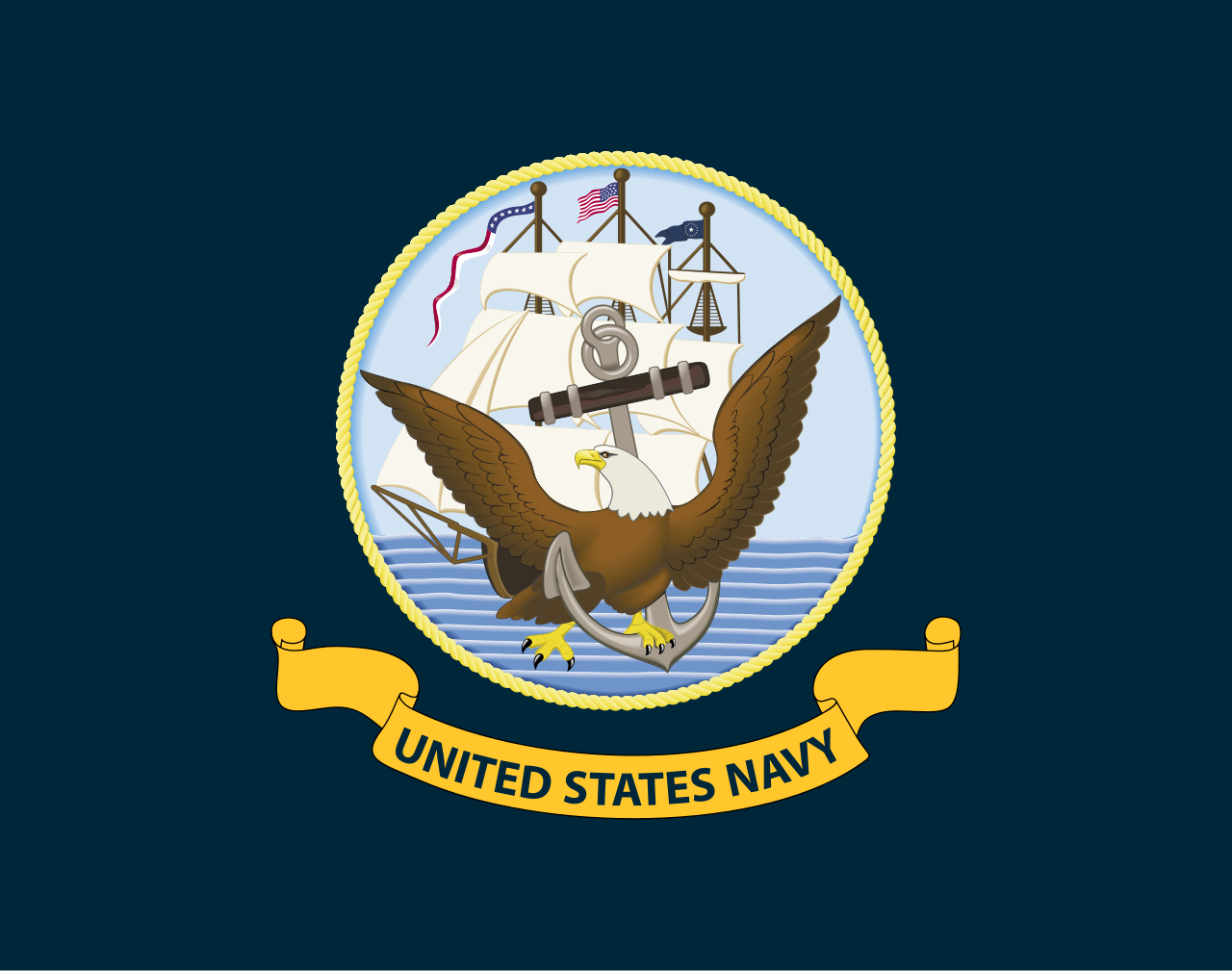
| 
DEPLOYMENT ORDERS | 
|
|
CONTEXT
After the passage of treaties between the United States and Australia, the United States Navy had begun the tentative relocation of Frigate Squadron One to Australia. Previous discussions between Captain Leon Price, the Commander of Frigate Squadron One, and Commodore Allison Norris, Australian Department of Defence's Liaison Officer to the Chairman of The United States Joint Chiefs of Staff, decided where Frigate Squadron One would be relocated. The sailors in the fleet knew that they would be going to Australia and that they would now be permanently stationed there, but none of them knew exactly when they would be leaving or where in Australia they would be stationed.
Then, in March, orders came from the Secretary of The Navy for Captain Price to prepare his sailors and his frigates for deployment and permanent relocation to Australia. Preparations for the frigates began by bringing all necessary supplies onto them, followed by arming them. The deployment of the frigates was secret, as is the deployment of virtually all naval assets. However, the Royal Australian Navy was securely informed that preparations were underway to deploy the frigates to Australia.
Then, in March, orders came from the Secretary of The Navy for Captain Price to prepare his sailors and his frigates for deployment and permanent relocation to Australia. Preparations for the frigates began by bringing all necessary supplies onto them, followed by arming them. The deployment of the frigates was secret, as is the deployment of virtually all naval assets. However, the Royal Australian Navy was securely informed that preparations were underway to deploy the frigates to Australia.
Owen



